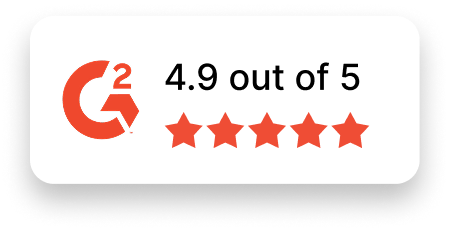Cloud Systems Engineer Job Description Template
Use this template to create job descriptions for hiring Cloud Systems Engineers. Customize it to meet your organization’s specific needs and goals.
Job Title: Cloud Systems Engineer
Location: [Specify Location or Remote]
Job Type: [Full-time/Part-time/Contract]
About the Role
We are seeking a proactive and detail-oriented Cloud Systems Engineer to design, deploy, and maintain robust cloud-based infrastructure. You will be key to ensuring the scalability, reliability, and security of our cloud systems while collaborating with cross-functional teams to optimize performance and cost efficiency. Your technical expertise will drive innovation and help us deliver a seamless and high-performing digital environment.
If you are passionate about cloud technologies, have a knack for solving complex challenges, and thrive in fast-paced environments, we’d love to work with you.
Responsibilities
- Design, implement, and manage scalable cloud infrastructure across platforms such as AWS, Azure, or Google Cloud.
- Monitor cloud environment performance and proactively address system issues.
- Develop and execute cloud migration strategies for on-premise systems.
- Write scripts and automation tools to optimize cloud resource management.
- Manage cloud security, ensuring compliance with organizational policies and industry standards.
- Monitor and control costs for cloud services, recommending optimizations where needed.
- Collaborate with DevOps teams to integrate and manage CI/CD pipelines.
- Provide technical support and troubleshooting for cloud-based applications and systems.
- Document cloud architecture, processes, and policies for reference and training purposes.
- Research and implement new cloud technologies to drive continuous improvement.
Required Skills & Experience
- Bachelor’s degree in Computer Science, Information Technology, or a related field (or equivalent experience).
- Proven experience in managing cloud infrastructure for platforms such as AWS, Azure, or Google Cloud.
- Deep understanding of cloud computing concepts, including IaaS, PaaS, and SaaS.
- Proficiency in scripting languages like Python, Bash, PowerShell, or similar.
- Strong knowledge of cloud security, including identity management and access control.
- Familiarity with containerization tools such as Docker or Kubernetes.
- Experience with monitoring tools, such as CloudWatch, Prometheus, or Grafana.
- Strong problem-solving skills and the ability to work independently.
- Excellent communication skills, with the ability to explain technical concepts to a non-technical audience.
Nice-to-Have Skills
- Relevant certifications, such as AWS Certified Solutions Architect, Azure Solutions Architect Expert, or Google Cloud Professional Engineer.
- Experience with serverless technologies like AWS Lambda or Azure Functions.
- Knowledge of database systems, including both SQL and NoSQL.
- Familiarity with disaster recovery and backup strategies in cloud environments.
- Background in cost management tools and practices within multi-cloud setups.
Why Join Us?
- Challenging Projects: Work on cutting-edge solutions that utilize the latest cloud technologies.
- Career Development: Gain exposure to advanced tools and methods while growing your expertise.
- Collaborative Environment: Join a supportive and innovative team to tackle meaningful challenges.
- Flexibility: Benefit from options for remote or hybrid work that support work-life balance.
- Inclusivity: Be part of an organization that values diverse perspectives and fosters a culture of respect and equity.
Apply Now
Are you ready to build scalable systems and take cloud engineering to new heights? Join [Your Company Name] as a Cloud Systems Engineer and make a significant impact today. Apply now!

